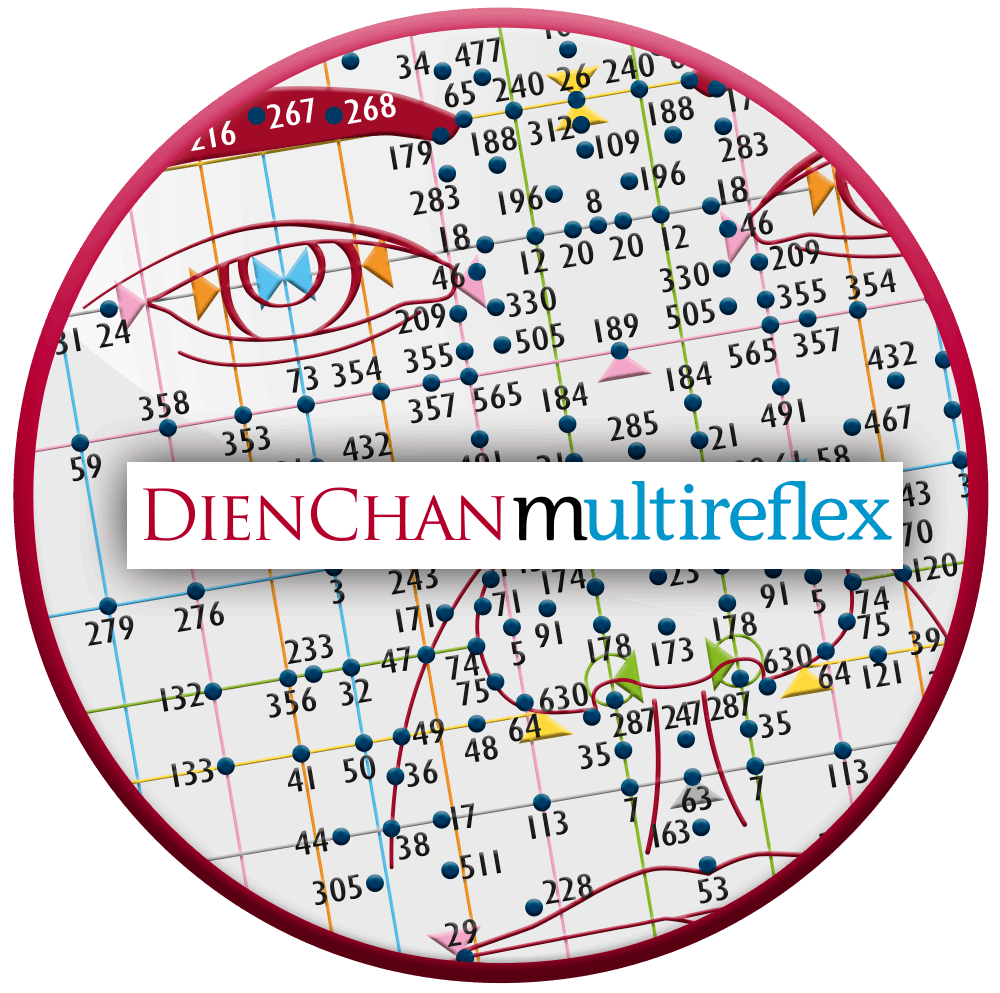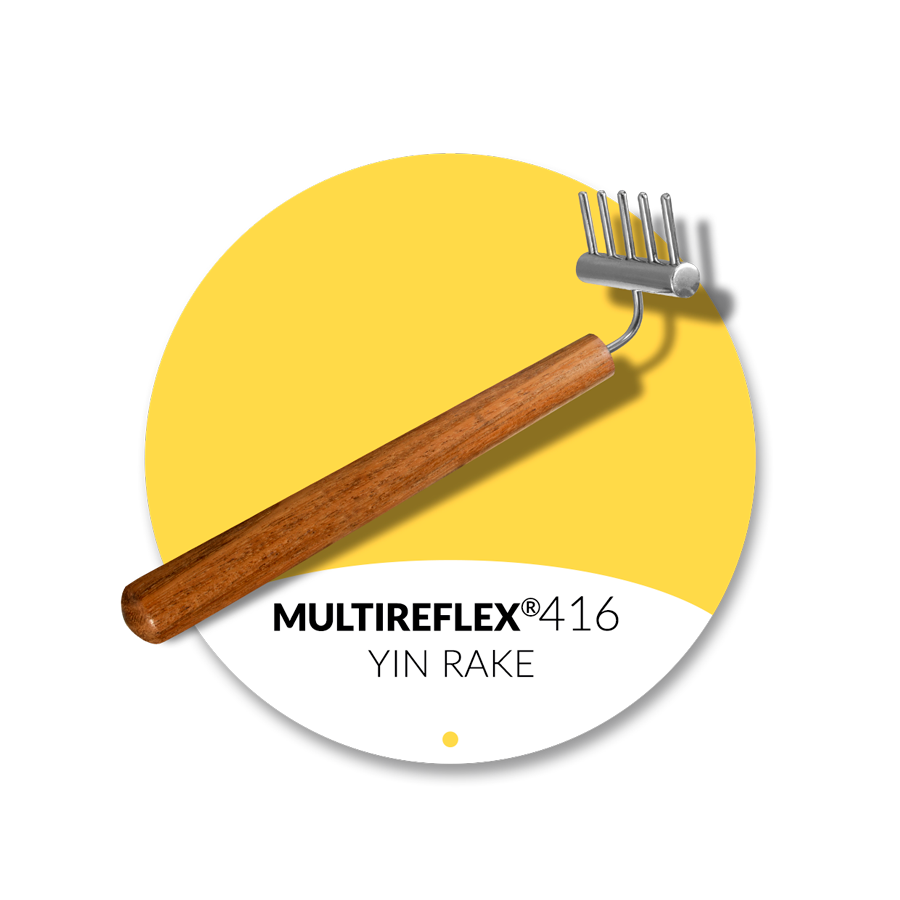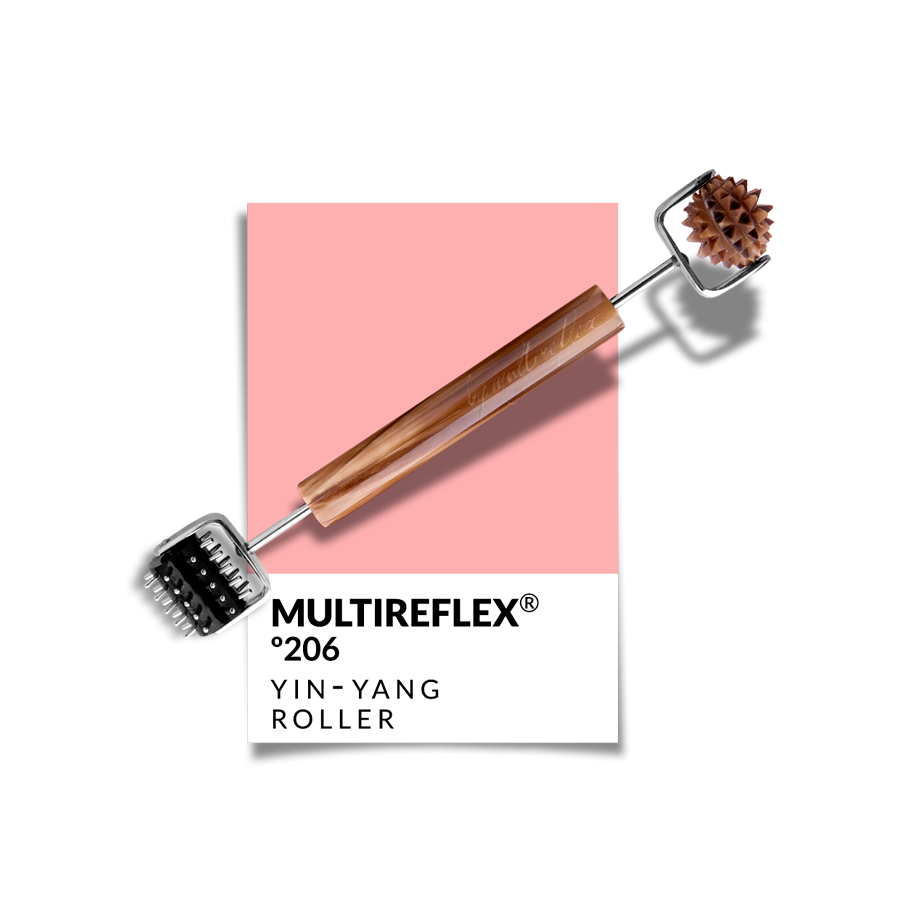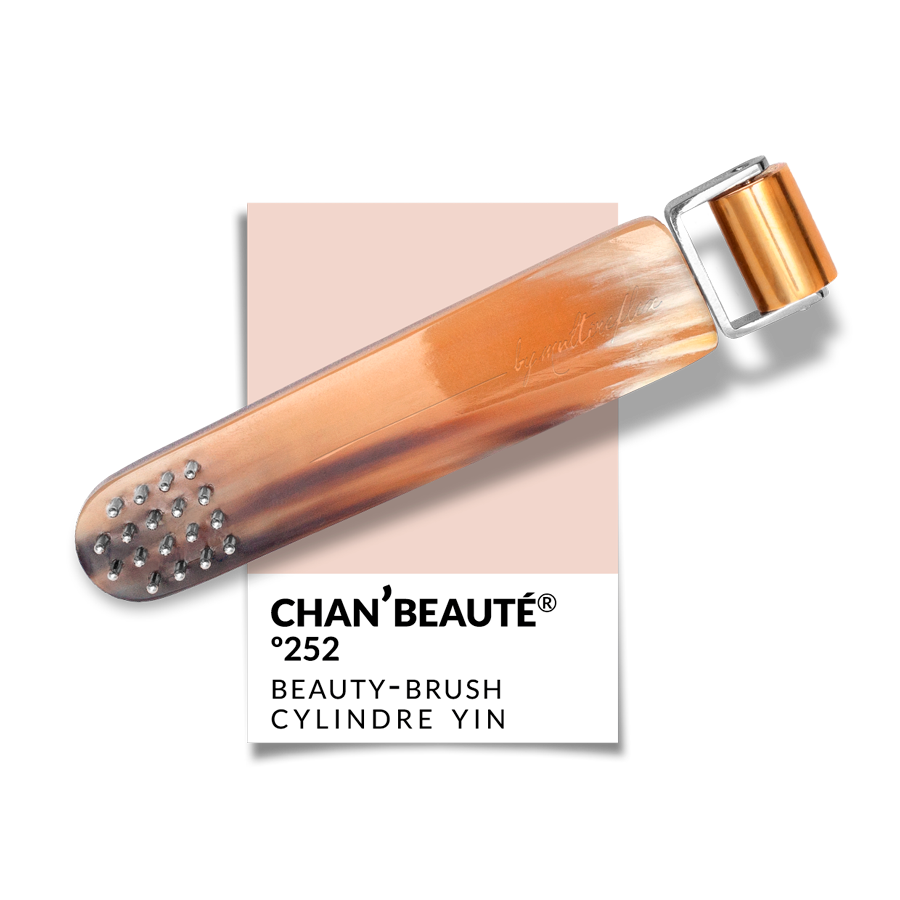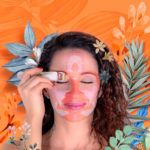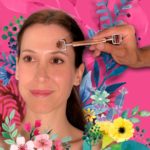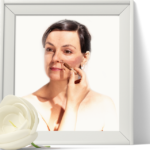Holistic approach to glaucoma
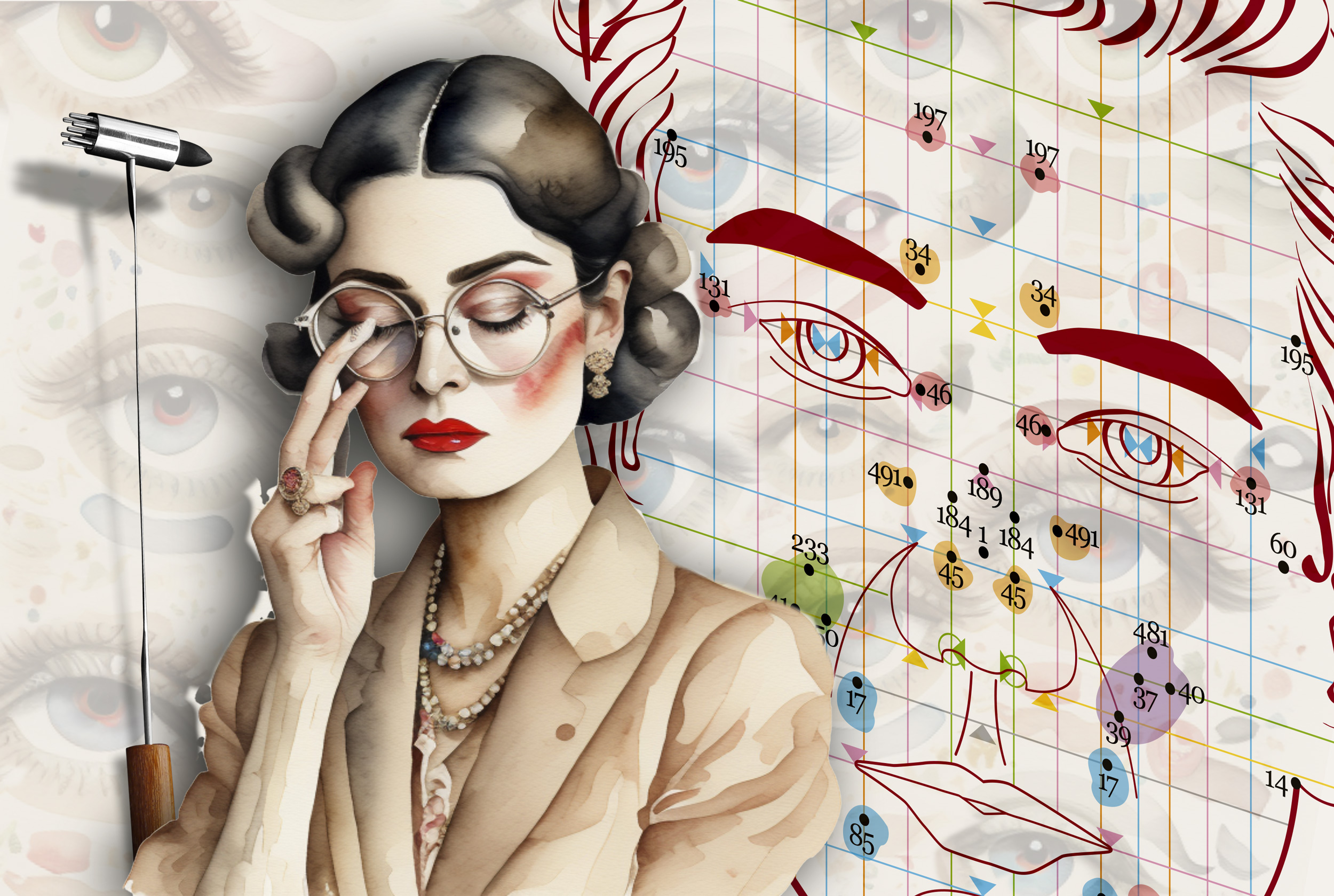
Glaucome is a progressive eye condition that can damage the optic nerve, often due to high intraocular pressure. The optic nerve is essential for transmitting visual information from the eyeball to the brain. When glaucoma is untreated, it can lead to irreversible vision loss.
Unfortunately, the early stages of glaucoma are often asymptomatic and do not result in significant changes in vision. It is sometimes called the “silent thief of sight,” and as the disease progresses, clues such as blurry vision, halos around lights, headaches, and eye pain may occur. Risk factors for glaucoma development include heredity, advanced age, high intraocular pressure, certain medical conditions such as diabetes and hypertension.
Western medicine offers various treatments for glaucoma, some of which inspire us in the development of our Dien Chan protocol. For example, eye drops and orally taken medications are commonly prescribed to reduce intraocular pressure. These treatments work by promoting drainage of fluid inside the eye or by decreasing its production. Furthermore, surgery is often recommended to improve drainage of intraocular fluid. In the most severe cases of glaucoma, a device may even be implanted to limit pressure in the eye.
We consider these Western approaches as sources of inspiration to enhance our Dien Chan practice. Thus, we aim to integrate actions that promote drainage and reduce eye tension into our care protocol.
Traditional Chinese Medicine (TCM) also offers us enriching perspectives to complement the construction of our constellation, from which we will develop a formula tailored to the consulting individual.
According to TCM, the energy of the Wood element plays a crucial role in eye disorders. This leads us to include in our management the treatment of the liver and gallbladder. These organs are considered closely related to eye health.
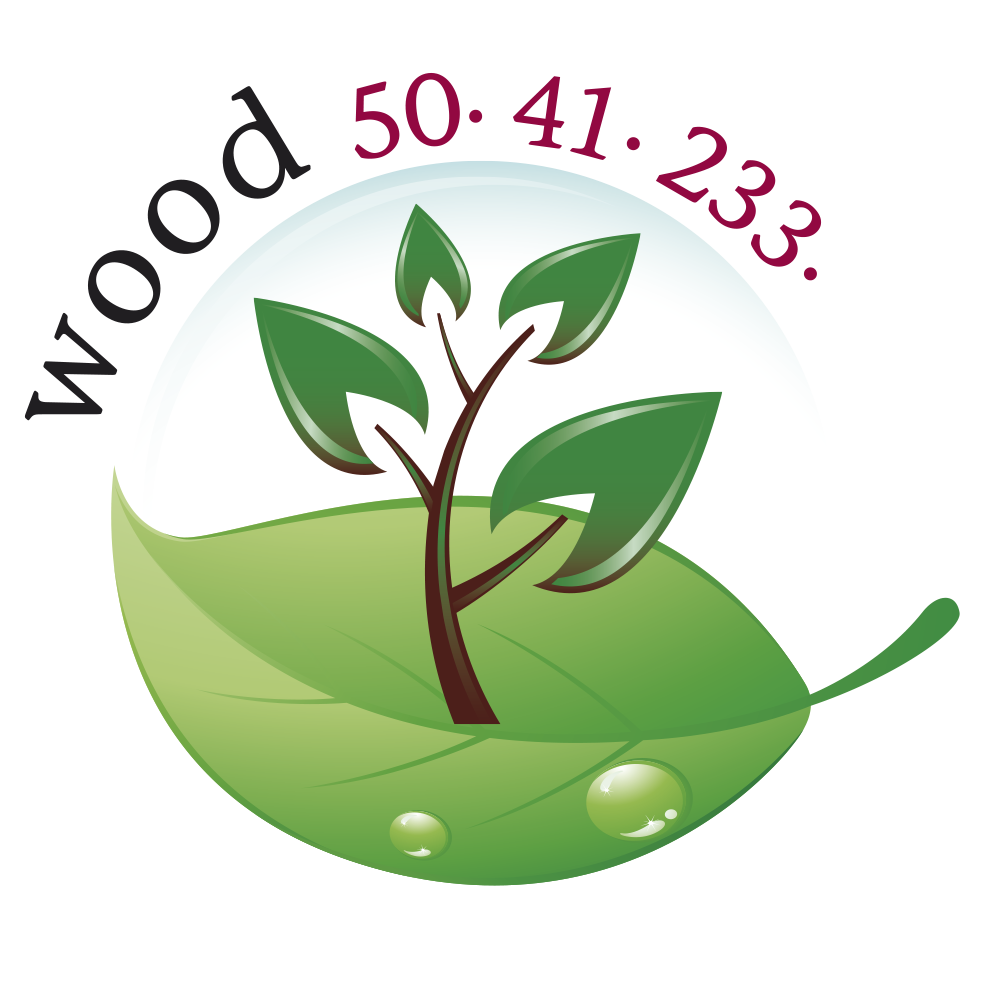
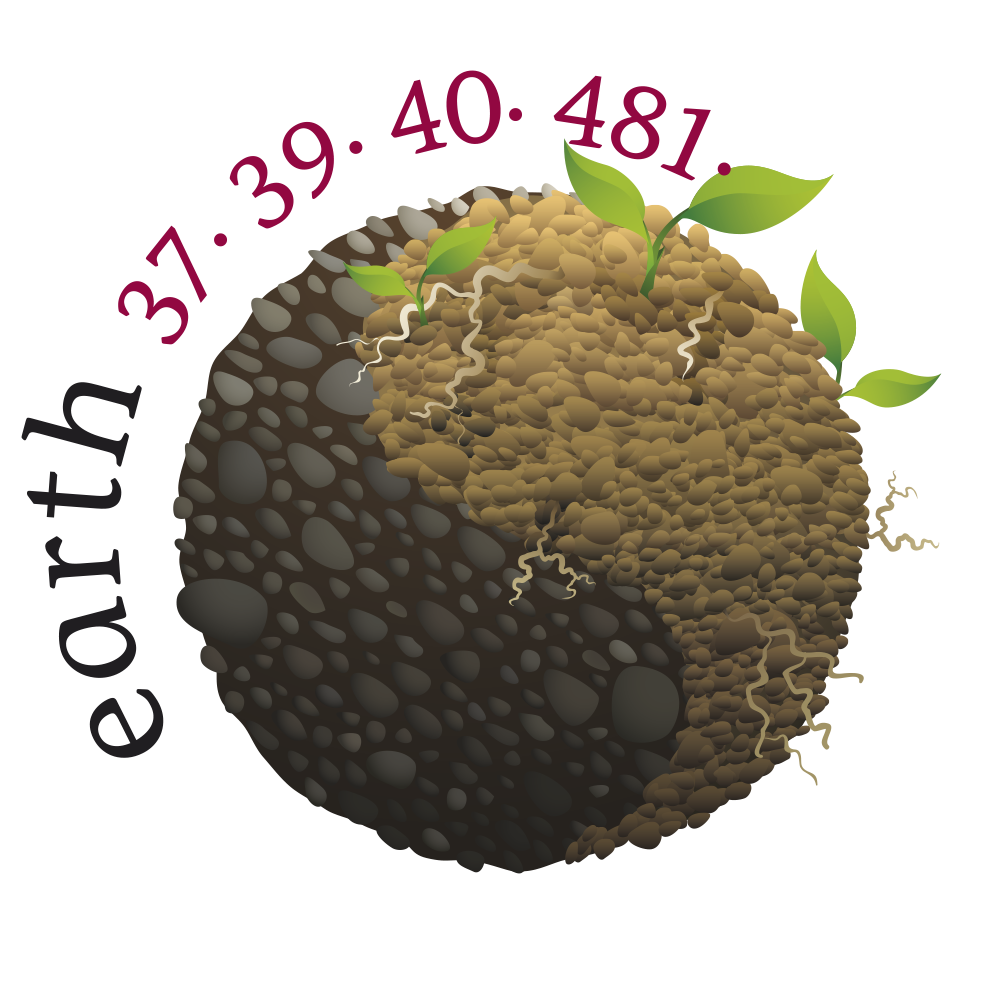
In parallel with the teachings of Western medicine, we must regularly promote drainage. TCM addresses this action by treating the Earth element, which acts as our “internal sponge.” Thus, we must stimulate the stomach and spleen in a yang manner to encourage effective drainage of fluids in the body.
To achieve a highly yang effect —and if we master this technique— moxibustion would be a perfectly suitable option. It can be applied not only on the abdomen, targeting the spleen and stomach but also on facial reflex zones following the reflex diagram of internal organs.
Next, to facilitate blood circulation and reduce eye pressure, it would be beneficial to stimulate the energy of the kidneys.
Finally, to encourage drainage at the end of treatment, we could work in a yin manner on the urinary system.
By combining the principles of Western medicine and TCM, we are able to create a holistic protocol that addresses both the physiological and energetic aspects of glaucoma, thus allowing for a comprehensive and personalized approach.
Dien Chan, on the other hand, offers a multitude of bqc·points directly related to the eyes. The expertise of Professor Bùi Quôc Châu, forged after the Vietnam War, was nourished by the observation of numerous patients whose vision had significantly suffered during the conflict.
Some reflex zones are evident through reflex diagrams, such as Madame Yin’s eyes (197· on the blue lady) or the Penfield eye (16· at the junction of the ear with the temple).
However, Professor Châu had observed the incredible effects of certain bqc·points long before the discovery of reflex diagrams. For example, he called bqc·point 6· “the pearl” and explained to me that practically all bqc·points located vertically above the pupil have an impact on the eyes. Indeed, bqc·point 50· (the liver point) is aligned vertically with the center of the eye.
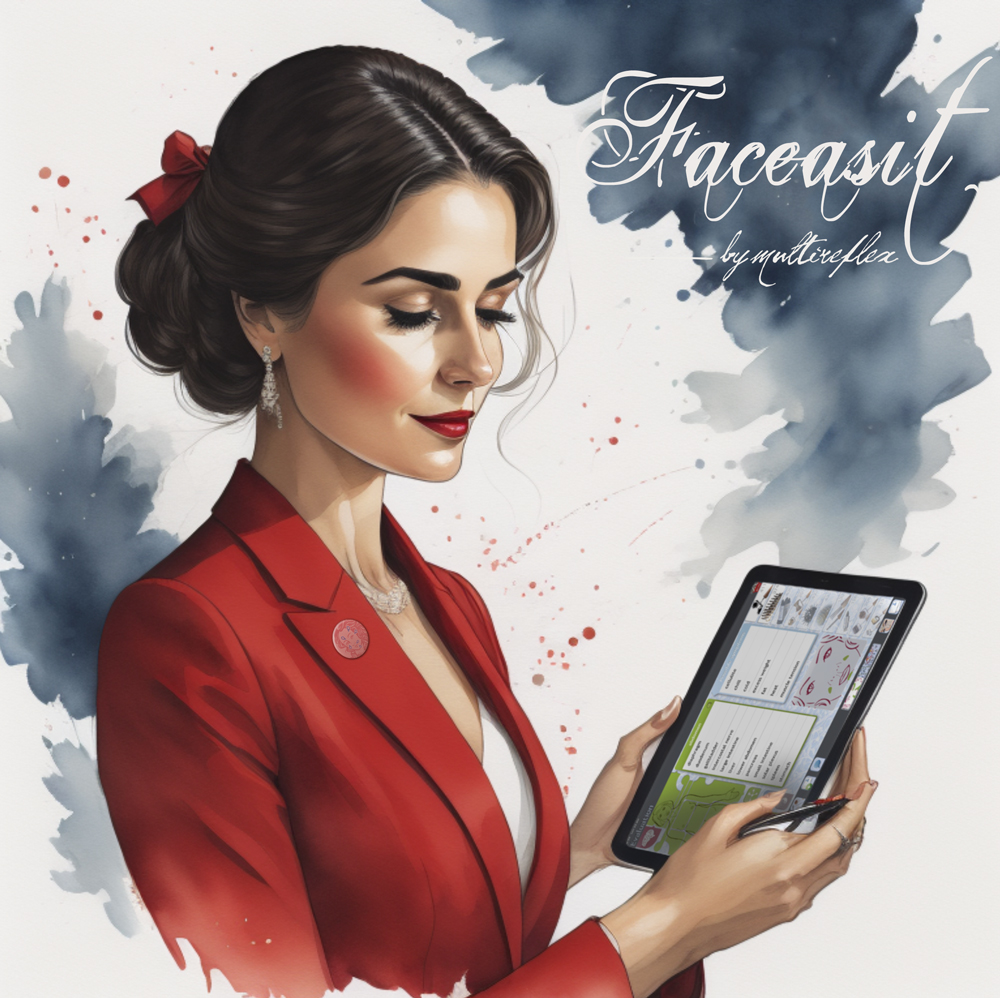
Fascinating, isn’t it?
Thus, we will orchestrate our constellation by gathering all this information. Then, we can test them on our client and only retain the most sensitive points to establish the final formula.
This approach will allow us to individualize the care according to the specific needs of each soul, while leveraging the accumulated expertise in Dien Chan.
1| General condition
It goes without saying that before treating glaucoma, we must take into account the general condition of the individual, particularly regarding stress management. Even if your client does not feel obvious stress, using the Yin rake nº416 on the scalp can prove very effective in helping to reduce blood pressure. To do this, you can follow the instructions of the «Anti-stress Protocol» available in the tools folder on DienChan.pro.
By taking care of the person’s general condition and reducing their stress, we create favorable conditions for the subsequent work.
2| Body step
If you are proficient in using moxa sticks, the ideal would be to heat the left side of the abdomen (stomach, spleen) with sweeps. If you have not yet taken our training or if you simply want to refresh your memory, we recommend consulting our illustrated booklet accompanied by a video on moxibustion in Dien Chan; available at dienchan.blog/moxa-dien-chan [in French].
If using moxa intimidates you, an effective alternative is to use the Double yang ball nº410. Roll it at least fifty times on the area of the abdomen corresponding to the spleen and stomach, then repeat the exercise on the back at the same level.
It is also important to consider the reflex diagrams of Dien Chan, which suggest a potential link between the knees and the eyes. Therefore, we must ask the person if they experience knee pain. If so, use the Double mini yang ball nº307 to massage the knees, as it is more suitable for this part of the body than the Double yang ball nº410.
3| Reflex step
For this phase based on reflex diagrams—and as mentioned in the introduction—our objective is to revitalize the liver, gallbladder, spleen, stomach, and urinary system. To do this, we recommend using the small yang ball from the Yin-yang roller nº206. Its natural horn spikes offer gentle yet dynamic stimulation, without causing static electricity, unlike plastic, which disrupts the skin microbiome.
Our first instinct is to turn to the internal organ reflex diagram. However, it is also important not to overlook the internal organ diagram on the forehead, which is equally powerful and capable of producing good results.
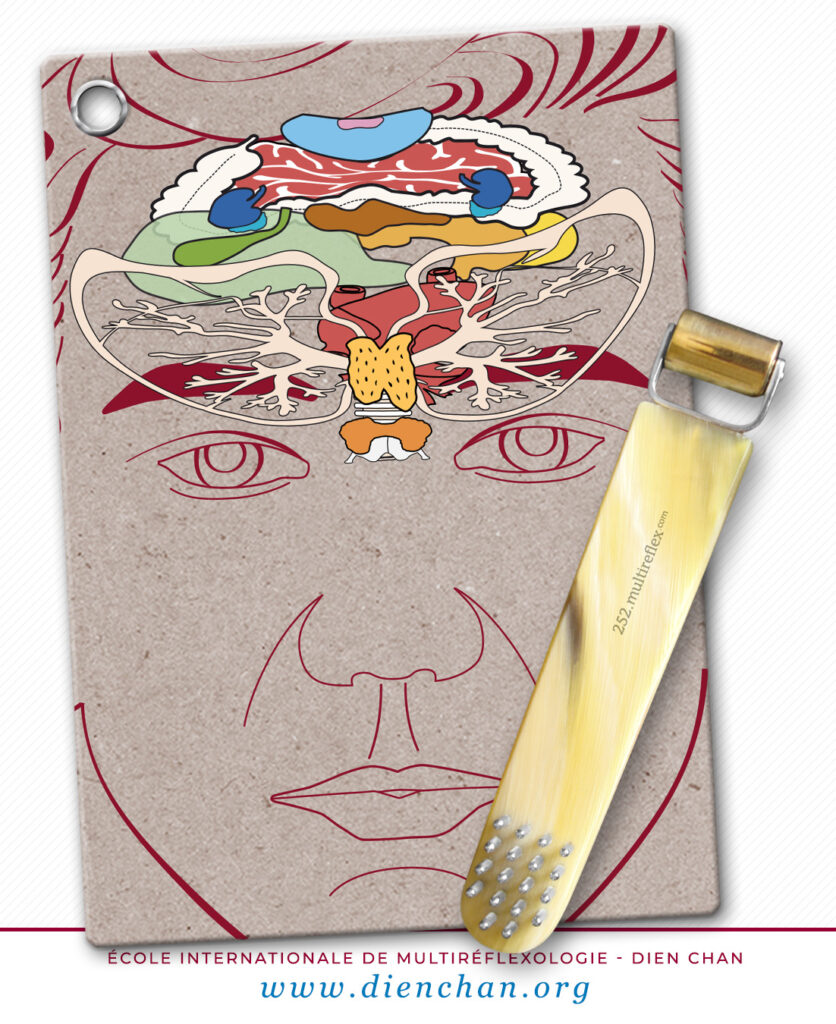
By working on this forehead diagram, we have the opportunity to simultaneously target the liver, gallbladder, spleen, and stomach while stimulating bqc·points and living points related to the eyes.
To complete this facial step, we recommend a gentle massage of Mr. Yang’s armpits (the red man) using the minibrush of the Beauty-brush nº252. This technique promotes ocular sanitation both locally and reflexologically. Simply draw small commas upwards to achieve the draining effect.
4| Constellation and formula
As you know, we cannot provide you with a magical formula for treating glaucoma. However, we offer you a constellation from which you can develop the most suitable formula for the case you will face. This is how we personalize the care!
After completing the previous steps to clear and invigorate the body as a whole, we will now move on to the phase of testing the consolidation bqc·points.
This list is a suggestion to illustrate how Dien Chan can be used to create personalized care. However, nothing replaces thorough training during which we delve into the various techniques in detail. We also offer thematic workshops, including one on eye treatment. So, don’t wait for climate change or the Ice Age to learn from the hands of Dien Chan experts!
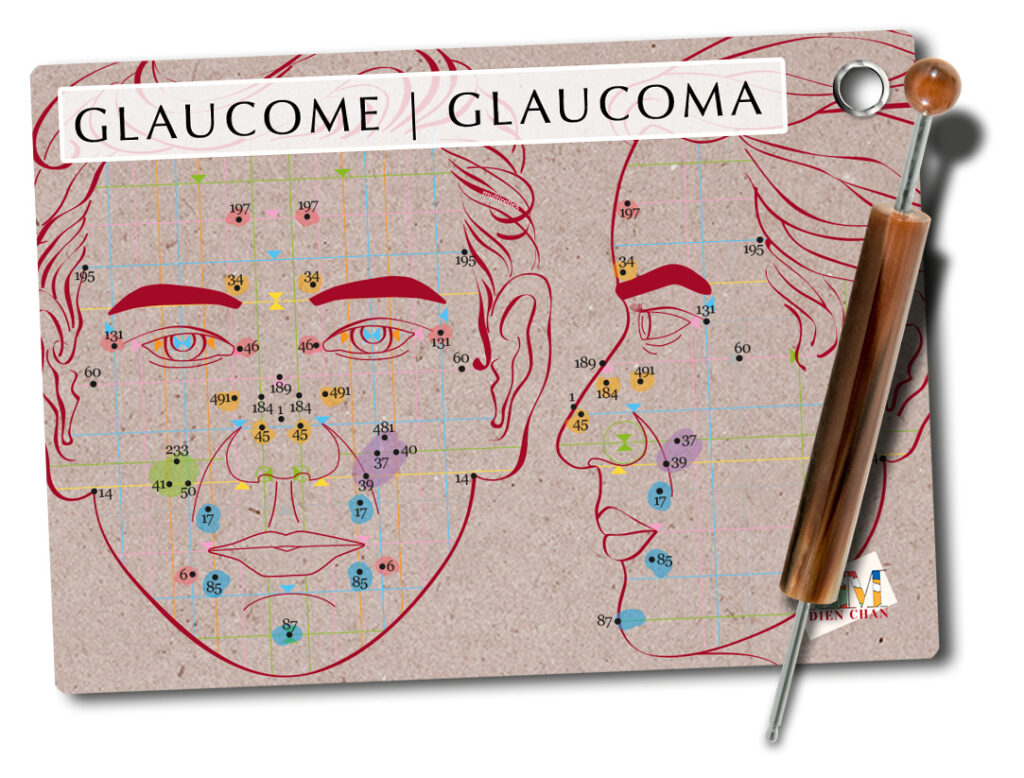
- Eyes in Dien Chan: 197· 6· 131· 46· [pink zones] and all the living points you find around the eyes. Ideally, use the Little-hammer nº128 to detect sensitive points above the eyebrows and the Detector nº101 for the others.
- Cranial nerves related to the eyes: 34· 491· 184· 45· [orange zones]
- Wood Element (Liver and Gallbladder): 50· 41· 233· [green zones]
- Earth Element (Spleen and Stomach): 481· 37· 39· 40· [purple zones]
- Blood pressure regulation: 1· 189· 14· 57· 195· 60·
- And finally, stimulate the urinary system with bqc·points (17· 85· 87· [blue zones]) and perform a Reflexdrainage.
5| Homework
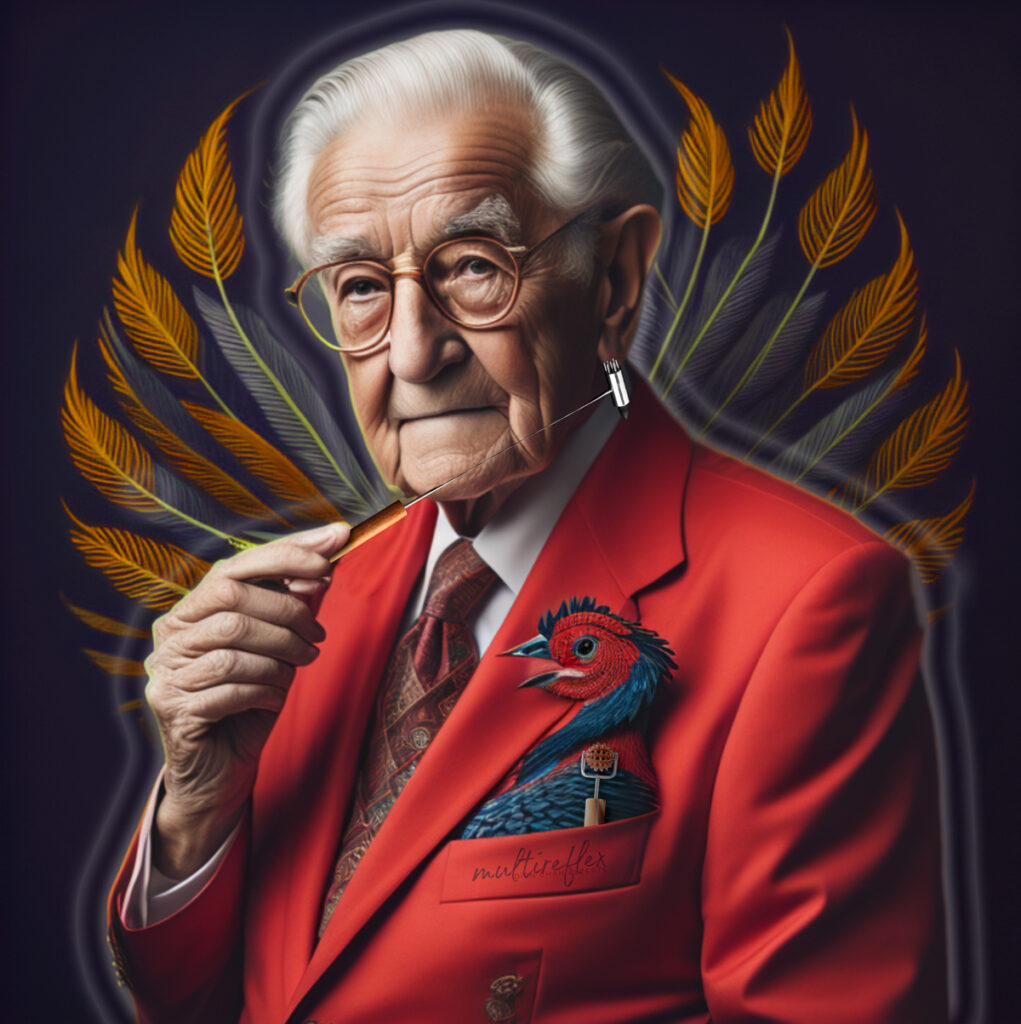
As always, it will be essential to recommend to your client to continue with regular home maintenance, and in this case, the Little-hammer nº128 is the most suitable multireflex tool.
If you use the Faceasit❜clinic app, you will not only be able to develop the formula in their personal file but also transform into reflex zones (the green zones that light up with the ‘!’ button) the bqc·points that you advise them to stimulate with their Little-hammer. These zones will likely correspond to bqc·points 197· 16· and other points you have identified as sensitive.
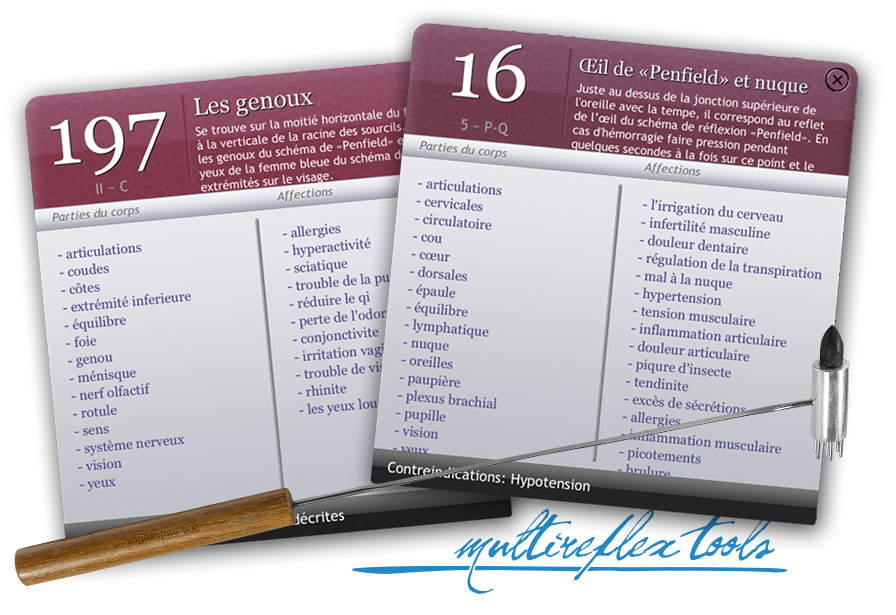
In summary, this is what we propose to establish a personalized care plan for glaucoma. Nevertheless, it should be emphasized that ongoing management will be necessary as there is no definitive cure. Regular ophthalmological follow-up will be essential to monitor and adjust the care plan as needed.
Dien Chan interventions are recommended to complement and support medical treatment, without ever intending to replace it.
We provide you with an educational booklet dedicated to eye disorders, which is also included in the «Ocular Harmony» and «Precious Gaze» sets».
- The thematic kits are available at kits.DienChan.shop
- The catalog of booklets › ebooks.DienShop.com
We hope these recommendations will be useful to you and look forward to your feedback. If you appreciate our content and wish to support us, we strongly encourage you to subscribe to the channel www.DienChan.tv and to attend a training session while purchasing the actual multireflex tools on DienShop.com.
We count on your support.
Dienchanly yours,
_patryck aguilar
